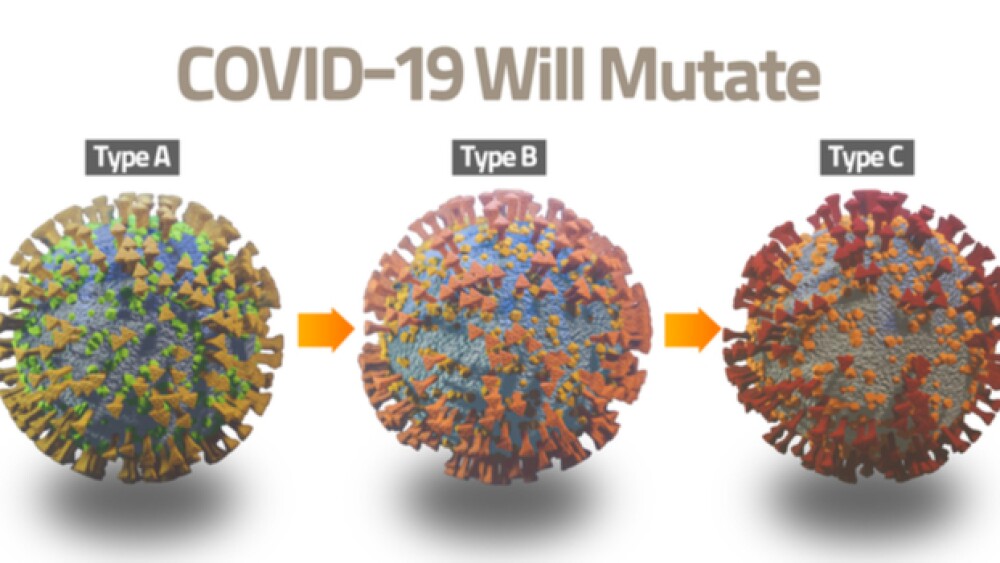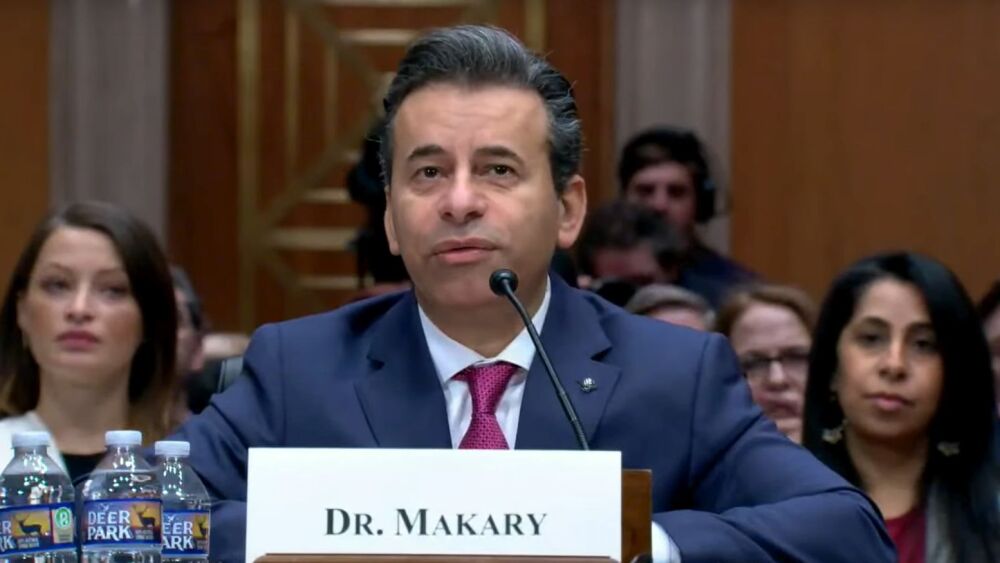Viruses mutate, and SARS-CoV-2, the virus that causes COVID-19, is not different. Luckily, it appears to mutate relatively slowly. Meanwhile, researchers are beginning to get a grip on the virus’s evolution.
Viruses mutate, and SARS-CoV-2, the virus that causes COVID-19, is not different. Luckily, it appears to mutate relatively slowly. Meanwhile, researchers are beginning to get a grip on the virus’s evolution.
Researchers at Duke University Medical found that it was particularly well-suited to jump from animals to humans. Genetic analysis found that its closest relative was a coronavirus that infects bats, but the ability to jump to humans was tied to a gene fragment from a coronavirus that infects the pangolin, a scaly mammal in Asia. The species-to-species ability to jump is caused by the virus’s ability to bind to host cells via changes in its genetic code.
However, they found that the typical coronaviruses that infect pangolins are too different from SARS-CoV-2 to have directly caused the pandemic. But they do contain a receptor-binding site that allows the viruses to attach to a cell surface protein common on human respiratory and intestinal epithelial cells, endothelial cells and kidney cells. Although the viral ancestor in the bat is closely related to SARS-CoV-2, its binding site is significantly different, meaning that on its own it can’t efficiently infect human cells. They suggest that SARS-CoV-2 is a hybrid virus between bat and pangolin viruses.
To date, the virus has mutated into seven major strains. Reuters analyzed more than 185,000 genome samples from the Global Initiative on Sharing All Influenza Data (GISAID). This is the largest database of novel coronavirus genome sequences, and the analysis was conducted to determine how the major strains around the world have shifted over time.
The original strain first detected in Wuhan, China in December 2019, is the L strain. It then mutated into the S strain in early 2020, followed by F and G strains. G mutated into strains GR, GH and GV. Researchers have clumped less common mutations together as strain O.
Some variants appear to be more resistant to antibody treatment. Sorrento Therapeutics received approval from the U.S. Food and Drug Administration (FDA) yesterday to launch a Phase I trial of intravenous STI-2020 (COVI-AMG) in healthy volunteers and outpatient COVID-19 patients with mild symptoms. STI-2020 is a monoclonal antibody engineered for high potency against the virus, with possible effectiveness against antibody drug-resistant SARS-CoV-2 variants, including the E484K, F4905, Q493R and S494P mutations. The antibody has demonstrated strong binding affinities to the currently dominant D614G variant and the mink-associated N439K variant compared to that for wild-type SARS-CoV-2
Nicola Spurrier, South Australia’s chief health officer, said in early November, “The reason for looking at the genomics is to try and find out where it came from … in terms of trying to map out what we would expect for the pandemic, that information is critical.”
Early in the pandemic, the virus spread quickly around the globe. In that period, the samples reported to GISAID were more diverse. But as countries closed their borders, fewer new strains were introduced. In countries where G-type strains were present, those strains dominated.
The original L strain lasted longer in Asia as China and other Asian countries quickly closed their borders and locked down movement. In North America and Europe, which did not restrict movement as much as Asia, demonstrated a faster spread and mutation of the G strains.
“This virus moves in superspreader events, which means the virus doesn’t have to be particularly contagious,” said Catherine Bennett, epidemiology chair in the Faculty of Health at Melbourne’s Deakin University. “We will see different patterns because of cluster transmission.”
Currently, the dominant strains around the world are G strains, with one specific mutation, D614G, being the most common variant. The most recent mutation to show up is the GV strains, which have been observed in Europe, although experts do not fully understand why it is spreading there—if there is a transmission advantage or because socially active young adults and tourists initiated its spread over the summer.
Luckily, as viruses go, SARS-CoV-2 has mutated slowly. This has allowed researchers and policymakers to keep up with the mutation rate. But there is no real consensus on the implications of the mutations among scientists. Some research has indicated the D614G variation makes the virus more contagious, but other research has contradicted that.
At this point, it does not seem the virus has mutated enough to elude the current vaccines, which typically are training the immune system to identify the SARS-CoV-2 virus’s spike S protein, which is viewed to be fairly stable. Some of the vaccines also focus on multiple parts of the S protein, in hopes of minimizing the risk of mutation that would result in vaccine resistance.
A study published in Cell Research in November 2020 by researchers with the University of Bristol in the UK, noted, “Since the outbreak of the COVID-19 pandemic, only a few mutations reached high global frequency. One of these mutations is the D614G mutation in S which became dominant during the pandemic, virtually replacing the ancestral S. D614G is associated with increased infectivity and viral load in patients with COVID-19.”
That mutation did cause changes in the S protein’s structure and dynamics, but that was not caused by a single mutation.
They also note that neutralizing antibodies primarily interfere with ACE2 binding by S—ACE2 is the molecule on cells that the virus attaches to in order to enter the cells. They point out that “several potent neutralizing antibodies were reported to use a different mechanism.”
Deakin’s Bennett, said, “If the virus changes substantially, particularly the spike proteins, then it might escape a vaccine. We want to slow transmission globally to slow the clock. That reduces the chances of a one in a squillion change that’s awful news for us.”
The best way to prevent the virus from mutating to become impervious to a vaccine is to prevent its spread, which decreases the opportunities for it to mutate. So far, the changes have not resulted in strains that are likely to develop resistance to the current crop of vaccines.





